Brain Gym: The Only Workout Where You Can Burn Mental Calories Without Breaking a Sweat
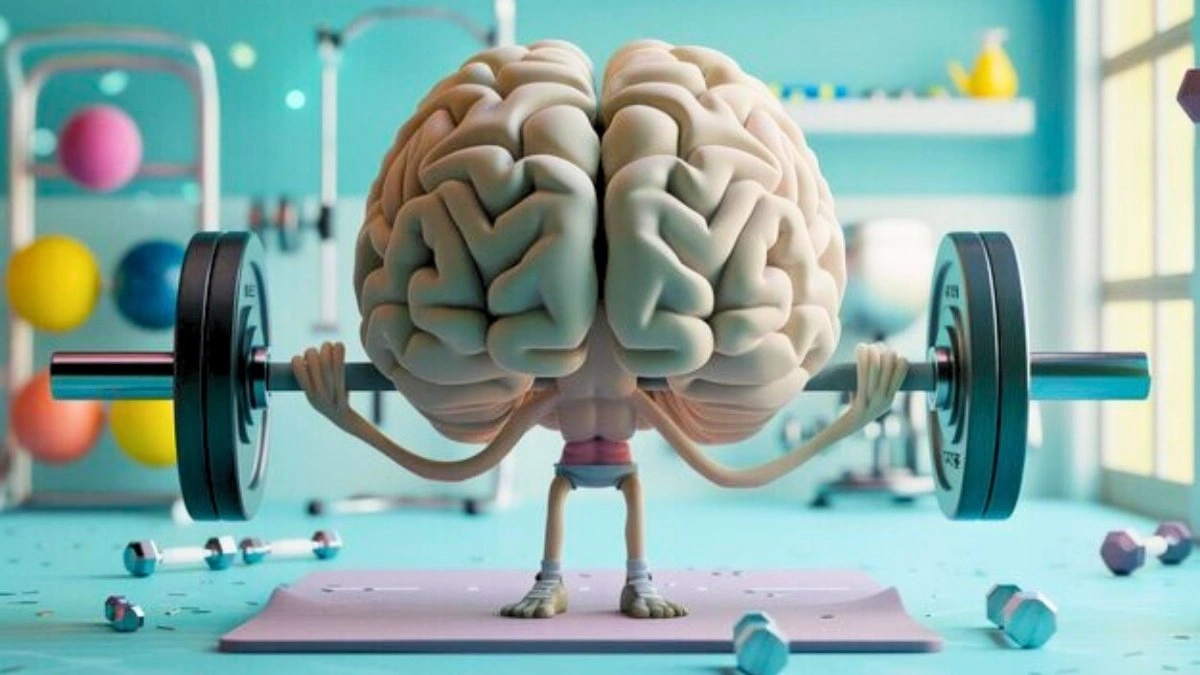
Forget expensive gym memberships and sweaty workout clothes. Your most powerful muscle sits between your ears, quietly burning through calories while you think, learn, and solve problems. Your brain consumes 20% of your daily energy despite weighing just three pounds, making it the hungriest organ in your body.
Chess masters burn 6,000 calories during tournaments through pure mental effort. Students cramming for exams experience genuine physical exhaustion from cognitive work. Mental exercise shapes your brain just like physical training sculpts your muscles.
Building cognitive fitness requires no special equipment, yet delivers benefits that transform every aspect of your life. From sharper memory to enhanced creativity, brain training develops skills that compound over time.
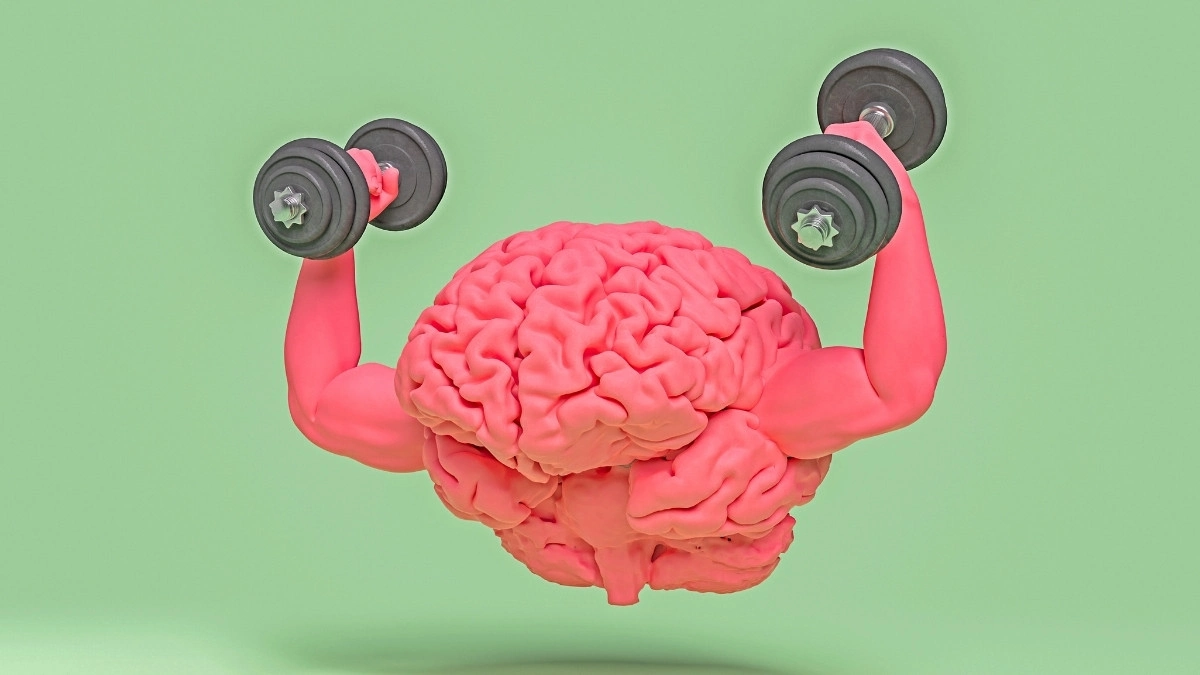
Scientists now understand that mental workouts create lasting changes in brain structure, improving everything from decision-making to emotional resilience. Welcome to your personal brain gym, where thinking hard becomes your most valuable exercise routine.
Point 1: The Science Behind Mental Calories
Your three-pound brain consumes more energy than any other organ in your body. Despite weighing just 2% of your total body mass, this remarkable organ burns through 20% of your daily calories.

When you tackle challenging mental tasks, glucose rushes to active brain regions like fuel to a high-performance engine. Complex problem-solving can increase brain energy consumption by up to 5%, while intense concentration sessions demand even more metabolic resources.
Chess grandmasters burn up to 6,000 calories during tournament days, proving that thinking hard is genuine physical work. Mathematics, language learning, and strategic planning top the list of most energy-demanding mental activities.
Tips:
- Monitor your mental energy levels throughout the day to identify peak performance windows
- Eat brain-friendly foods rich in glucose and omega-3 fatty acids before challenging cognitive tasks
- Take regular breaks during intensive mental work to prevent cognitive fatigue
Point 2: Your Brain’s Personal Training Zones
Just like physical fitness, cognitive training works best when you target specific mental muscle groups. Memory training strengthens your ability to encode, store, and retrieve information efficiently.
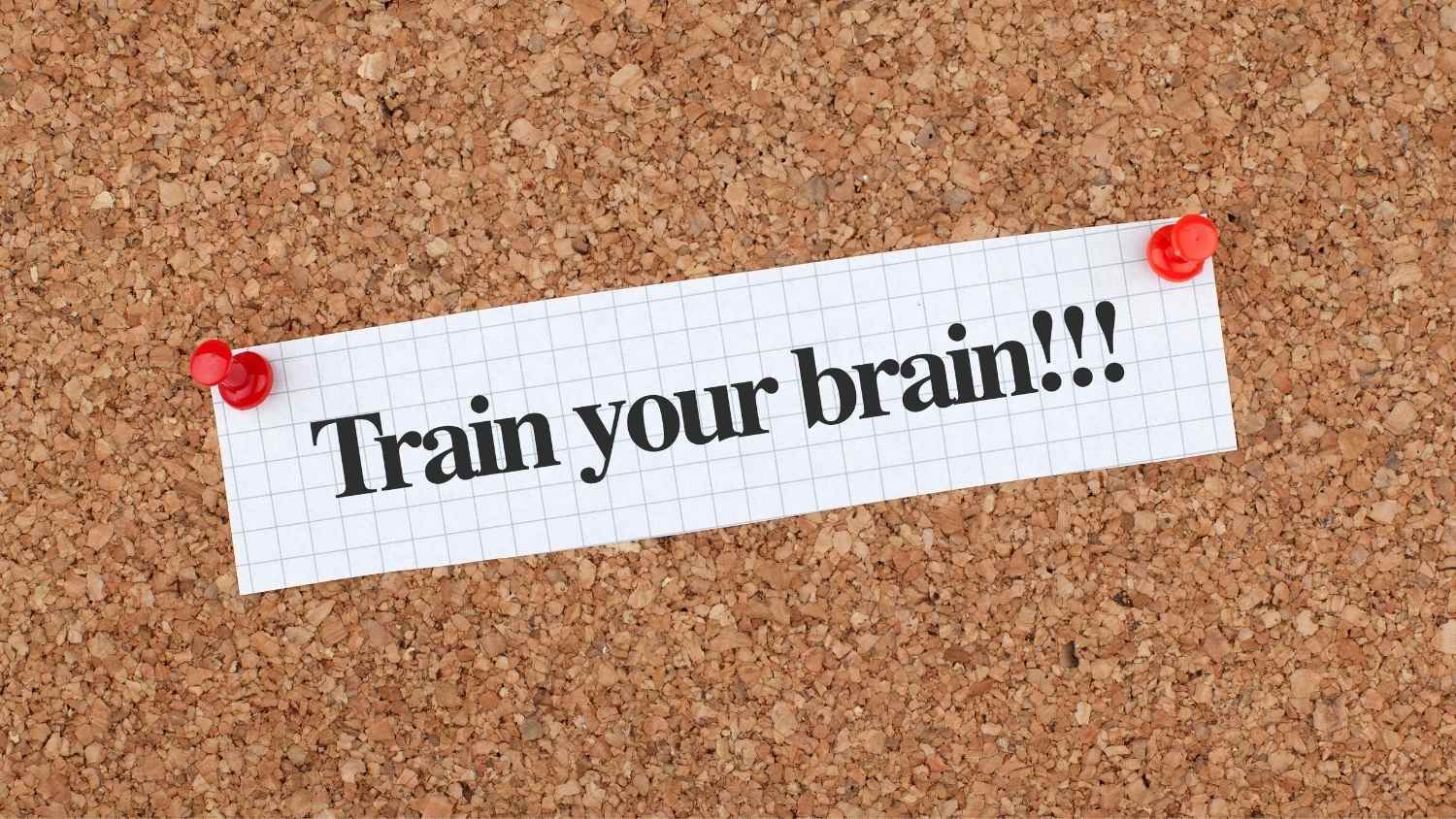
Working memory exercises help you juggle multiple pieces of information simultaneously, while long-term retention drills build your knowledge foundation. Problem-solving zones challenge your logical reasoning and creative thinking pathways, forcing your brain to forge new connections.
Attention training develops your ability to maintain focus despite distractions. Each cognitive zone requires different exercises and progressively challenging tasks to maximize growth potential.
Tips:
- Focus on one cognitive zone per training session for maximum effectiveness
- Gradually increase difficulty levels as your mental strength improves
- Rotate between different zones weekly to maintain balanced cognitive development
Point 3: The Neuroplasticity Advantage
Your brain continuously rewires itself based on how you use it. Cognitive exercises literally sculpt new neural pathways, creating stronger connections between brain regions.
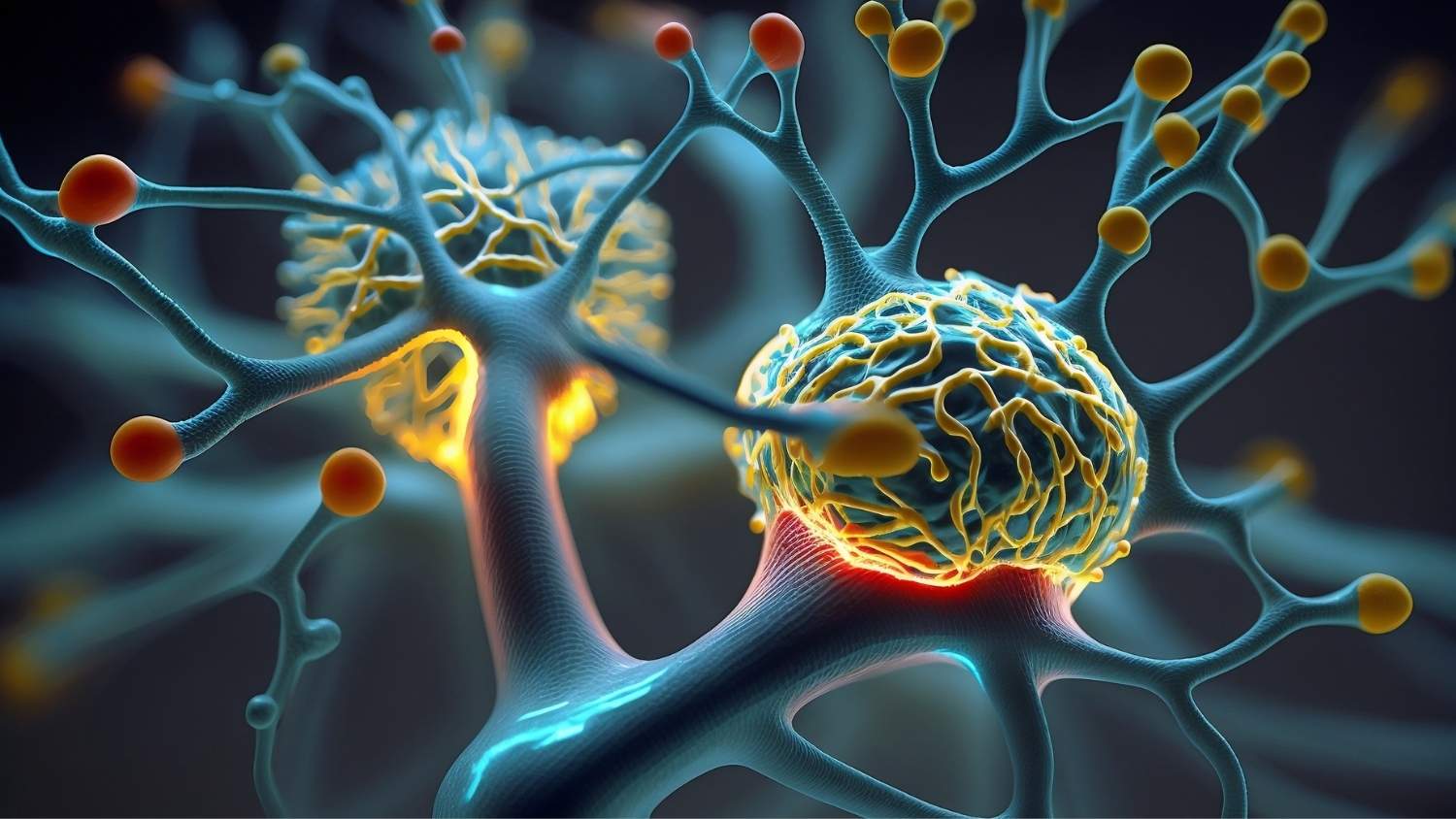
This remarkable ability, called neuroplasticity, means your mental capacity can grow at any age. Regular mental challenges build cognitive reserve, providing backup pathways when primary neural networks face stress or aging.
Research shows that people with higher cognitive reserves maintain sharper thinking skills well into their golden years. Mental workouts can increase gray matter density and strengthen white matter connections throughout your brain.
Tips:
- Challenge yourself with progressively difficult mental tasks to maximize neural growth
- Combine learning new skills with reviewing familiar concepts for optimal brain adaptation
- Stay consistent with cognitive training to maintain and strengthen newly formed neural pathways
Point 4: Digital Brain Training vs. Real-World Challenges
Brain training apps offer convenient cognitive workouts, but real-world learning often provides superior benefits. Digital programs excel at targeting specific cognitive skills with precise difficulty adjustments and immediate feedback.
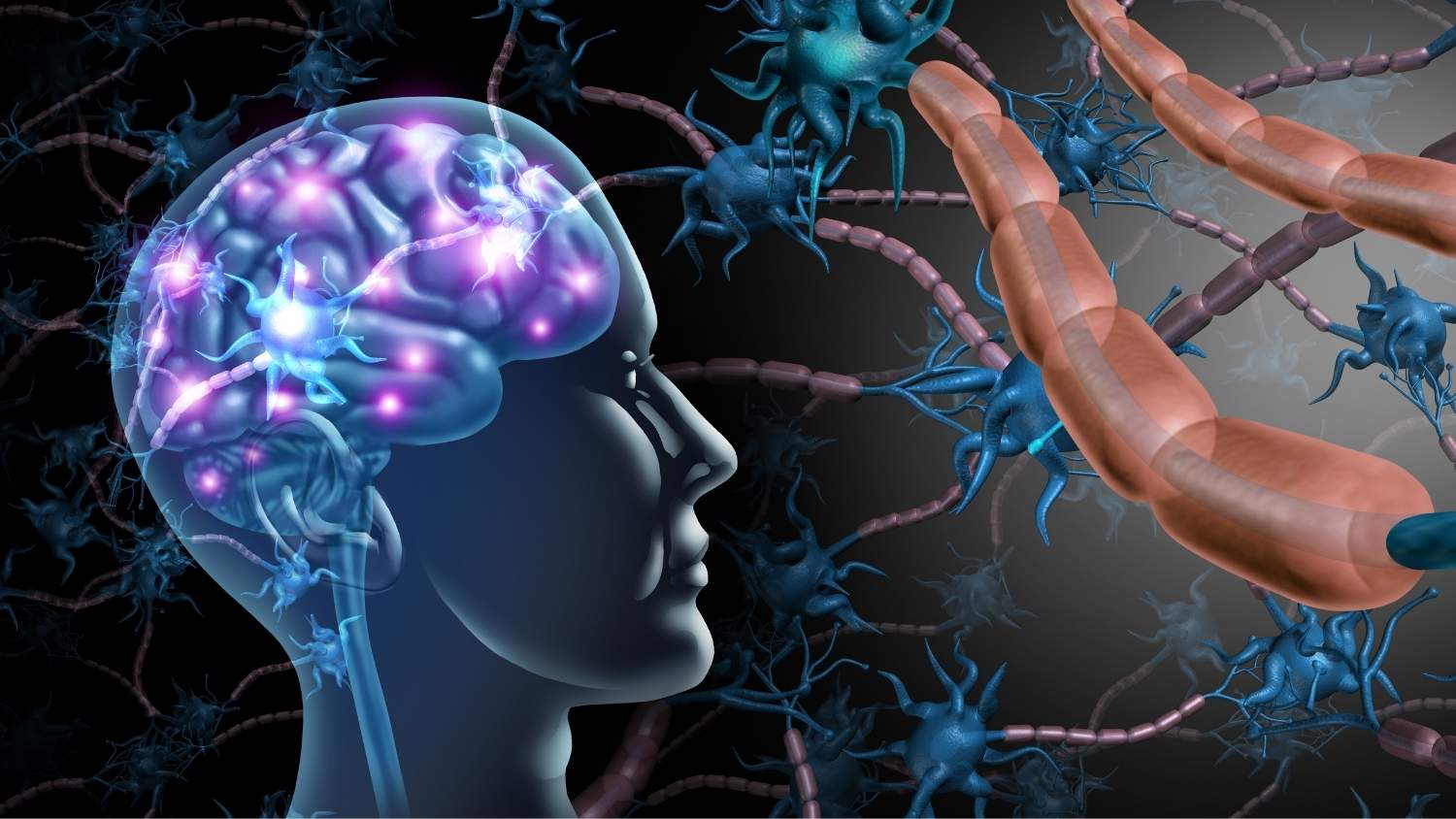
However, learning to play piano, mastering a new language, or navigating unfamiliar cities engages multiple brain systems simultaneously. Research indicates that complex, meaningful activities transfer cognitive benefits more effectively than isolated app-based exercises.
Skills learned through real-world challenges tend to stick better and apply more broadly to daily life. The most effective approach combines digital training tools with hands-on learning experiences.
Tips:
- Choose brain training apps that adapt difficulty based on your performance levels
- Balance screen-based cognitive training with real-world skill development activities
- Select mental challenges that connect to your personal interests and long-term goals
Point 5: The Social Brain Workout
Conversations provide one of the most comprehensive cognitive workouts available. Every social interaction engages multiple brain networks simultaneously, from language processing to emotional recognition. You must decode verbal and nonverbal cues, formulate responses, and manage social dynamics in real-time.
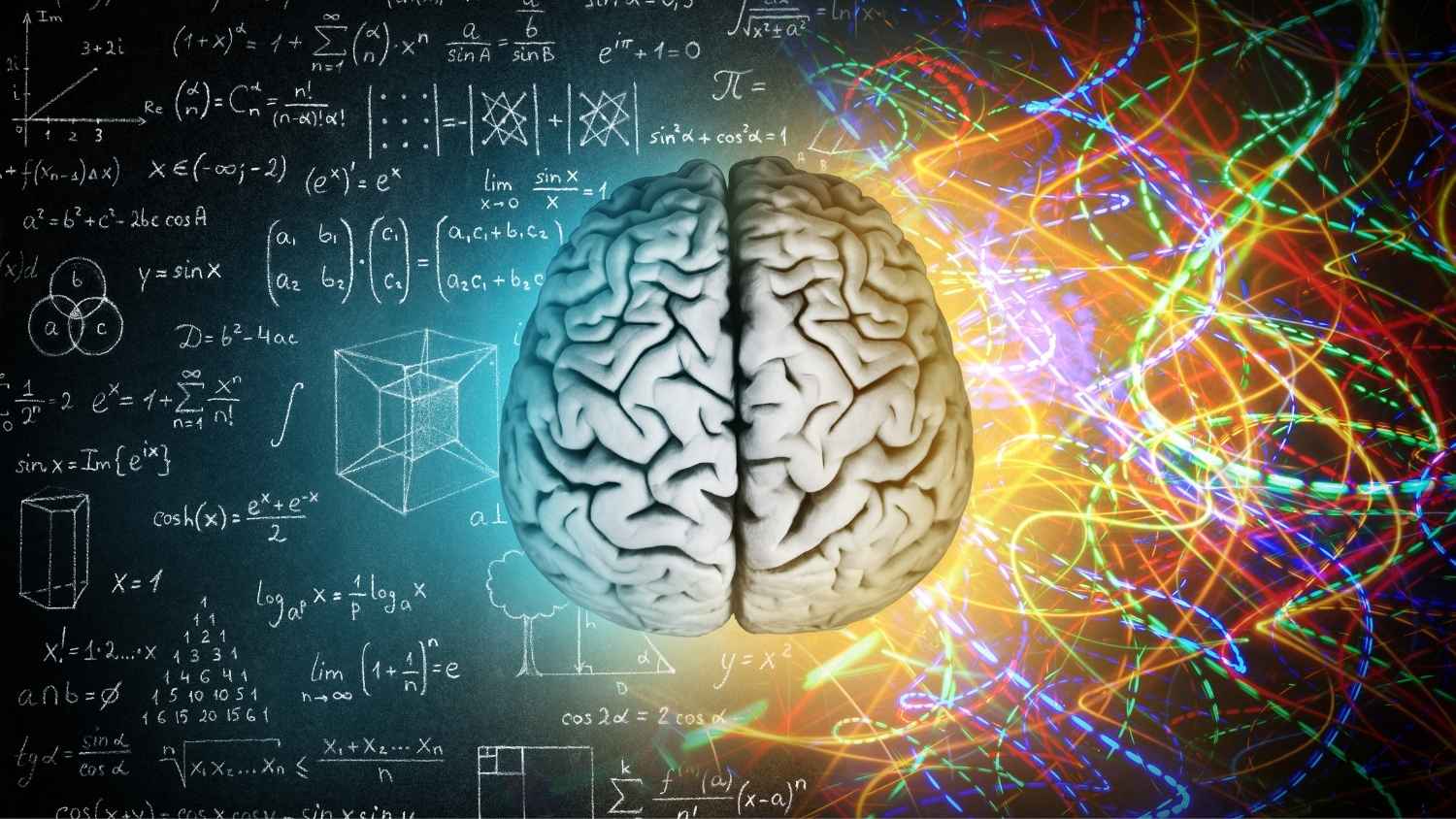
Group discussions and collaborative problem-solving sessions challenge your brain to consider multiple perspectives while maintaining your own viewpoint. Emotional intelligence develops through reading facial expressions, interpreting tone of voice, and responding appropriately to social situations.
Social cognitive training builds empathy, communication skills, and mental flexibility that benefit both personal and professional relationships.
Tips:
- Engage in diverse conversations with people from different backgrounds and age groups
- Practice active listening to strengthen your attention and memory during social interactions
- Join discussion groups or debate clubs to challenge your reasoning and communication abilities
Point 6: Creative Exercise: Your Brain’s Cardio
Creative activities function like cardiovascular exercise for your brain, engaging multiple regions simultaneously. Drawing, painting, music, and creative writing activate both analytical and intuitive thinking processes.
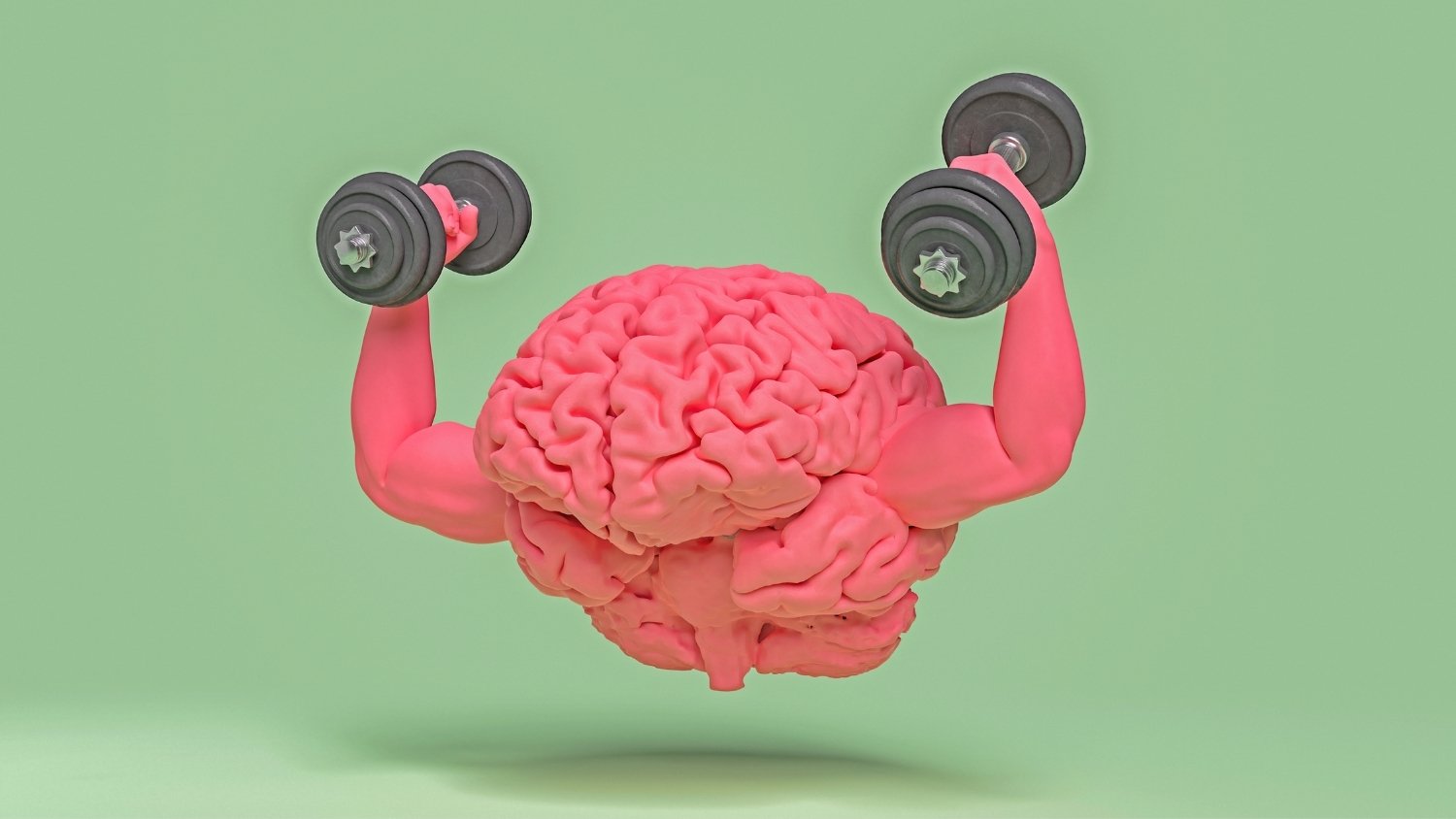
Artistic pursuits force your brain to make novel connections between seemingly unrelated concepts, strengthening cognitive flexibility. Regular creative practice builds mental stamina and improves your ability to approach problems from unique angles.
Research reveals that creative activities increase connectivity between brain hemispheres, enhancing overall cognitive performance. Building creative habits through daily artistic practice develops mental endurance and innovative thinking skills that transfer to other life areas.
Tips:
- Set aside 15-30 minutes daily for creative activities, regardless of skill level
- Experiment with different artistic mediums to engage various cognitive pathways
- Focus on the creative process rather than end results to maintain motivation and enjoyment
Point 7: Memory Palace: Architecture for Your Mind
Ancient Greeks and Romans mastered memory techniques that modern science now validates as highly effective. Building a memory palace involves creating vivid mental spaces where you store information systematically.

You walk through familiar locations like your home, placing memorable images at specific spots to represent facts or concepts. This technique can increase memory retention by up to 300%, making it invaluable for students and professionals handling large amounts of information.
Medical students use memory palaces to memorize anatomical structures, while lawyers store case details in mental courtrooms. Creating detailed mental maps strengthens both spatial reasoning and long-term memory formation simultaneously.
Tips:
- Start with familiar locations like your childhood home or daily commute route
- Make mental images bizarre, colorful, or emotionally charged for better retention
- Practice retrieving information by mentally walking through your palace regularly
Point 8: The Multitasking Myth and Focus Training
Multitasking is actually task switching in disguise, and your brain pays a heavy price for this constant mental juggling. Research reveals that switching between tasks can reduce productivity by up to 40% and increase error rates significantly.

Each time you shift focus, your brain needs time to refocus, creating mental friction that drains cognitive energy. Single-tasking allows your brain to enter flow states where complex thinking becomes effortless and efficient.
Training sustained attention through meditation, deep reading, or focused work sessions builds concentration endurance. Developing the ability to maintain focus for extended periods becomes a competitive advantage in our distraction-filled world.
Tips:
- Use the Pomodoro technique to build focus endurance gradually through timed sessions
- Remove digital distractions and notifications during concentrated work periods
- Practice mindfulness meditation to strengthen your attention control muscles
Point 9: Stress as Mental Resistance Training
Controlled cognitive challenges act like weight training for your mind, building mental resilience through manageable stress. Beneficial stress, called eustress, stimulates brain growth and enhances problem-solving abilities when applied appropriately.

Learning difficult subjects, solving complex puzzles, or mastering new skills creates positive stress that strengthens neural pathways. The key lies in finding the sweet spot where challenges stretch your abilities without overwhelming your mental resources.
Chronic stress damages brain function, while complete comfort prevents growth and adaptation. Recovery periods between challenging mental workouts allow your brain to consolidate learning and prepare for future challenges.
Tips:
- Gradually increase difficulty levels in mental challenges to avoid overwhelming stress
- Schedule regular recovery periods with relaxing activities after intensive cognitive work
- Monitor your stress levels and adjust challenge intensity based on your current capacity
Point 10: The Bilingual Brain Advantage
Speaking multiple languages rewires your brain in remarkable ways, creating cognitive benefits that extend far beyond communication. Bilingual brains show increased gray matter density in areas responsible for executive control and attention management.
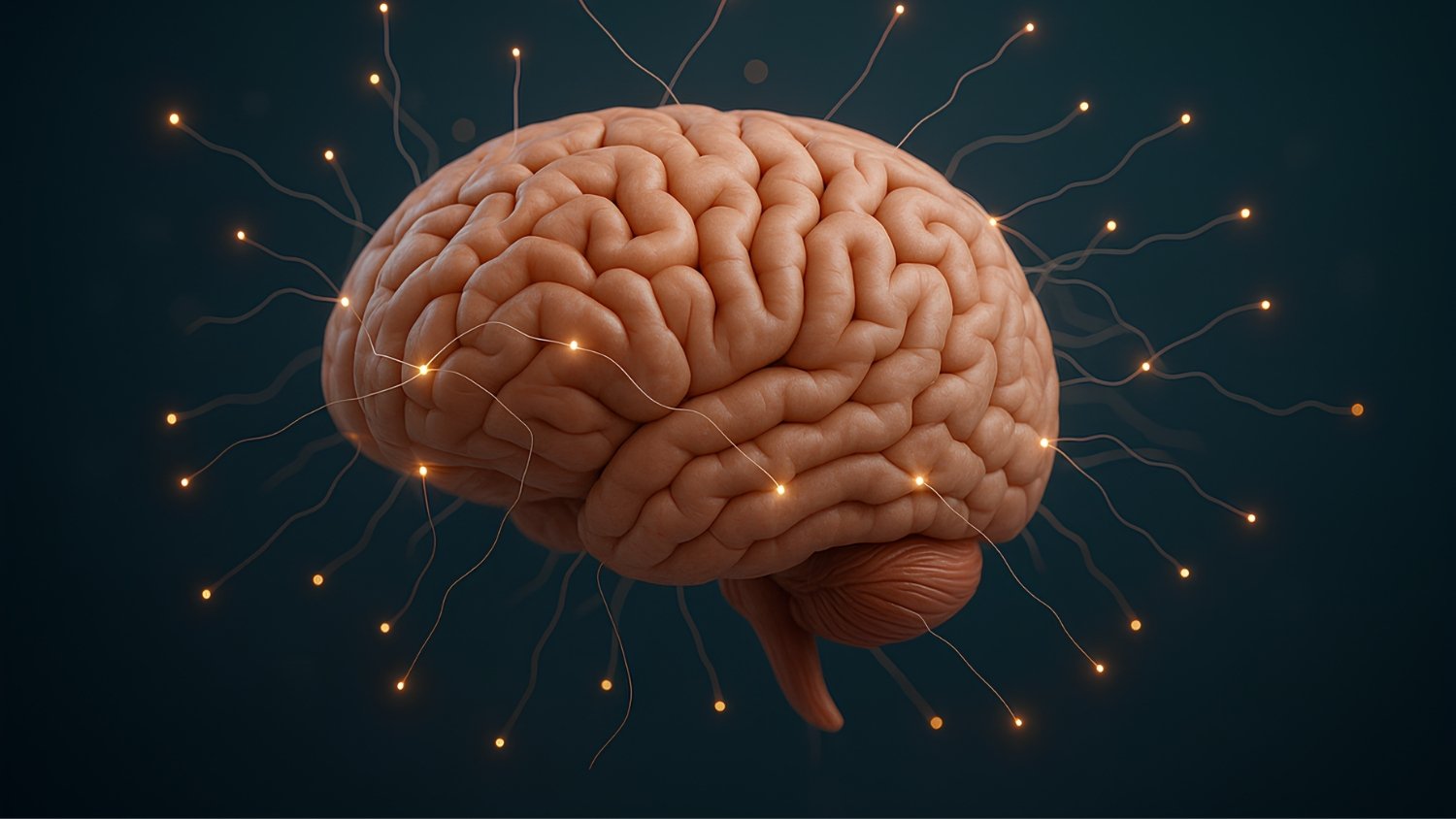
Language switching exercises your mental flexibility daily, improving your ability to adapt to changing situations and solve complex problems. Research demonstrates that bilingual individuals maintain sharper cognitive function as they age and show delayed onset of dementia symptoms.
Starting language learning at any age triggers neuroplasticity and cognitive enhancement. Even basic conversational skills in a second language provide measurable improvements in memory, attention, and decision-making abilities.
Tips:
- Choose a language that interests you personally or connects to your cultural heritage
- Practice language switching exercises by describing the same situation in different languages
- Immerse yourself in the language through movies, music, and conversations with native speakers
Point 11: Sleep: Your Brain’s Recovery and Consolidation Time
Sleep functions as your brain’s maintenance crew, cleaning out cellular waste and consolidating memories from the day. During deep sleep stages, your brain transfers information from temporary storage to long-term memory banks.

Quality sleep can improve learning retention by up to 40%, making it as important as study time itself for cognitive performance. Sleep deprivation impairs attention, decision-making, and creative problem-solving abilities significantly.
Your brain literally shrinks when sleep-deprived, reducing the space between neurons and impairing communication between brain regions. Optimizing sleep timing, duration, and quality amplifies the benefits of all other cognitive training efforts.
Tips:
- Maintain consistent sleep and wake times to regulate your brain’s natural rhythms
- Create a cool, dark sleeping environment and avoid screens for one hour before bedtime
- Time learning sessions strategically before sleep to enhance memory consolidation overnight
Point 12: Building Your Personal Brain Gym Routine
Creating an effective cognitive fitness program starts with honest assessment of your mental strengths and weaknesses. Some people excel at memory tasks but struggle with sustained attention, while others show strong analytical skills but weak creative thinking.

Successful brain training programs combine variety, progressive difficulty, and personal relevance to maintain long-term engagement. Track your cognitive improvements through regular self-assessment and adjust your routine based on results and changing goals.
Consistency beats intensity in cognitive training, so sustainable daily practices outperform sporadic intense sessions. Building cognitive fitness requires the same commitment and systematic approach as physical fitness, with gradual progression and patience for long-term results.
Tips:
- Schedule 20-30 minutes of daily cognitive training at your peak mental energy times
- Mix familiar exercises with new challenges to prevent mental plateaus and boredom
- Record your progress weekly to maintain motivation and identify areas needing more attention
Final Thought:
Your brain craves exercise just as much as your body does, and the rewards of cognitive fitness extend far beyond mental sharpness. Mental workouts build resilience, creativity, and adaptability that serve you in every aspect of life.

Starting your brain gym journey today means investing in a sharper, more capable version of yourself tomorrow. The best part about cognitive training is that you can begin anywhere, anytime, without special equipment or gym memberships.
Your mind is the most powerful tool you possess, and like any valuable instrument, it performs best when regularly maintained and challenged. Begin with small steps, stay consistent, and watch your mental strength transform your daily experiences.






